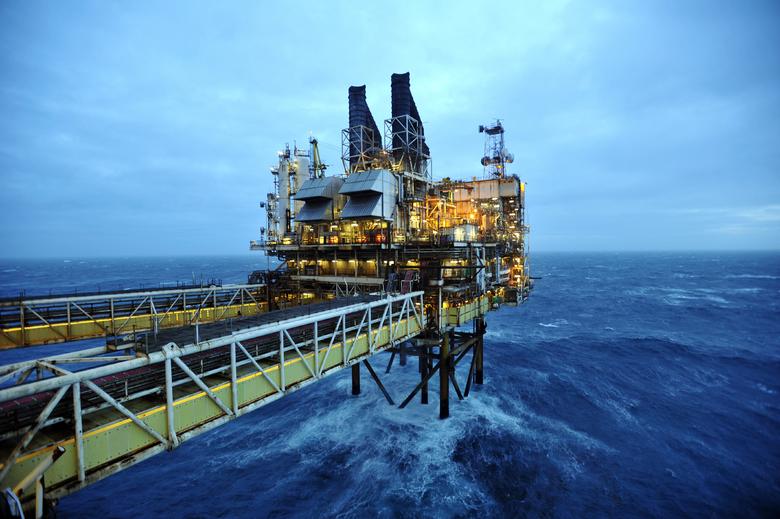
U.S. OIL: NO SANTA CLAUS

Heavily indebted US shale companies are facing financial pressure as a result of the fall in the price of oil but may find their lenders are inclined to "go easy" on them, according to Fitch, the rating agency.
The 40 per cent fall in crude prices since June has raised fears that liquidity could dry up for companies with the greatest debt burdens.
However, Fitch argues that, as in the previous oil price crash of 2008-09, banks are likely to show forbearance rather than pushing many companies towards restructuring or bankruptcy.
"We still think there's going to be a continued flow of credit," said Mark Sadeghian of Fitch.
"Are the banks going to be the ones that push companies to the wall? We don't think so."*
The US shale oil boom of the past five years has been led by small and midsized companies, which have generally spent more on drilling wells than they have earned in cash from operations, meaning that they have needed to finance themselves externally, typically with debt.
High-yield bond issuance by exploration and production companies increased from $2.5bn in 2003 to $27.7bn so far in 2014, according to Dealogic.
The average net debt of the leading US oil and gas exploration and production companies rose from $981m in 2005 to $2.46bn last year, according to Bloomberg data.
Bank lending to smaller oil companies is usually linked to a borrowing base representing the value of the company's oil and gas reserves. When the price of oil drops, the value of those assets also falls, meaning that companies' borrowing limits will be constrained.
The borrowing base is typically assessed twice a year and if lending to the company exceeds the limit then it will be cut back.
However, banks have some discretion in assessing borrowing bases, such as the oil price assumptions that they use, and do not have to insist on immediately using the lower levels after crude has fallen.
In 2008-09, when the oil price fell from above $147 to below $33 before rebounding, the median borrowing base for oil companies dropped by only 17 per cent, according to Fitch.
Instead of withdrawing credit, banks could push for improved terms, including higher fees.
The financial strength of US exploration and production companies varies widely, and the ones that are more exposed to the oil price, have drawn down more of their credit lines and have hedged less of their revenues with forward sales and options, are those most at risk.
The only company Fitch identified as showing warning indications in all three of those areas is Kodiak Oil and Gas , a producer in the Bakken shale of North Dakota, which has already accepted a takeover offer from local rival Whiting Petroleum .
Linn Energy , Breitburn Energy and offshore oil producer Energy XXI are among the companies that have less than half of their revolving credit facilities still unused and available, while Clayton Williams was one that had hedged less than half its production for next year, according to Fitch.
ft.com





